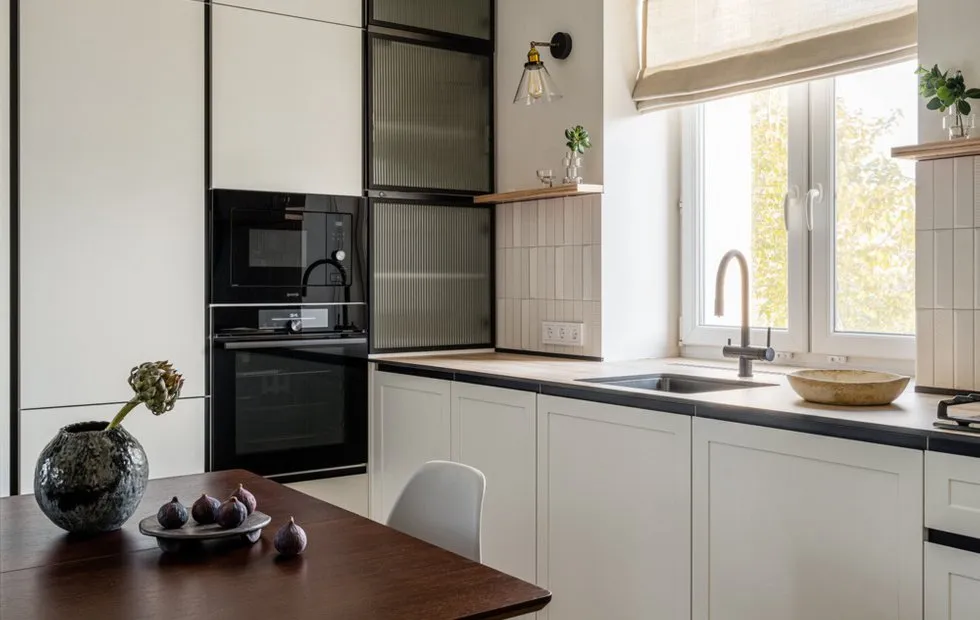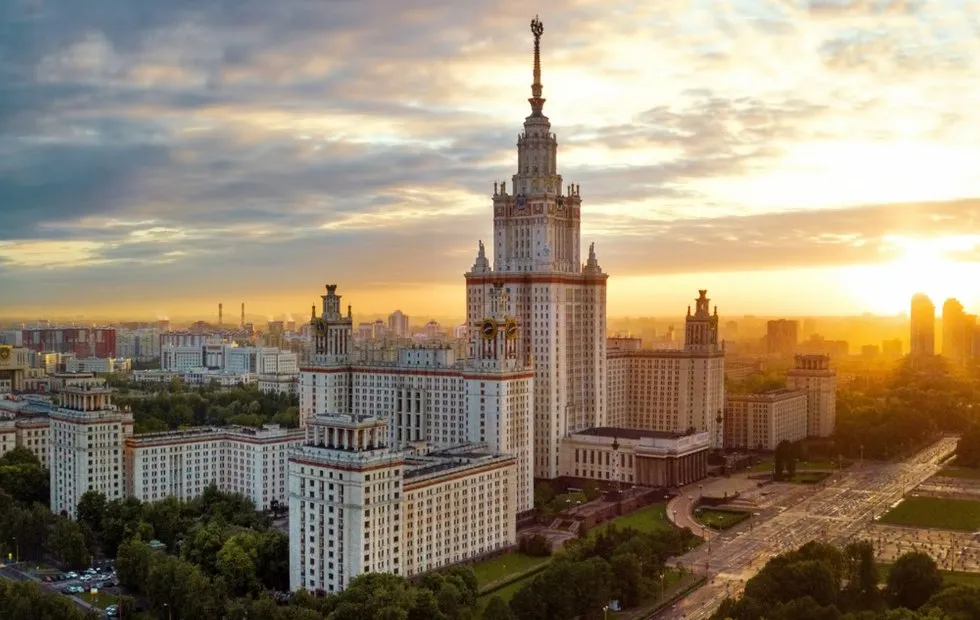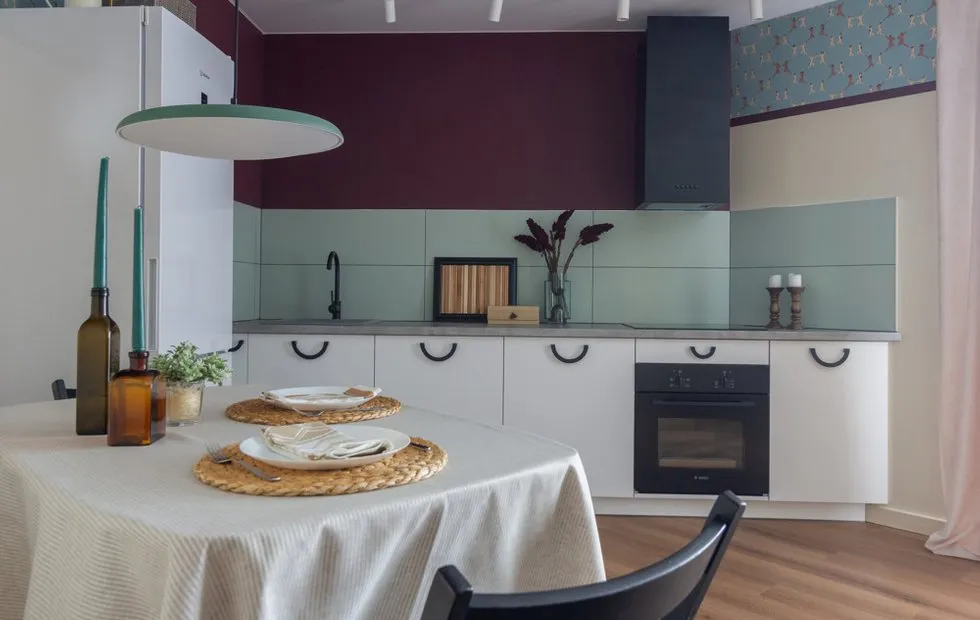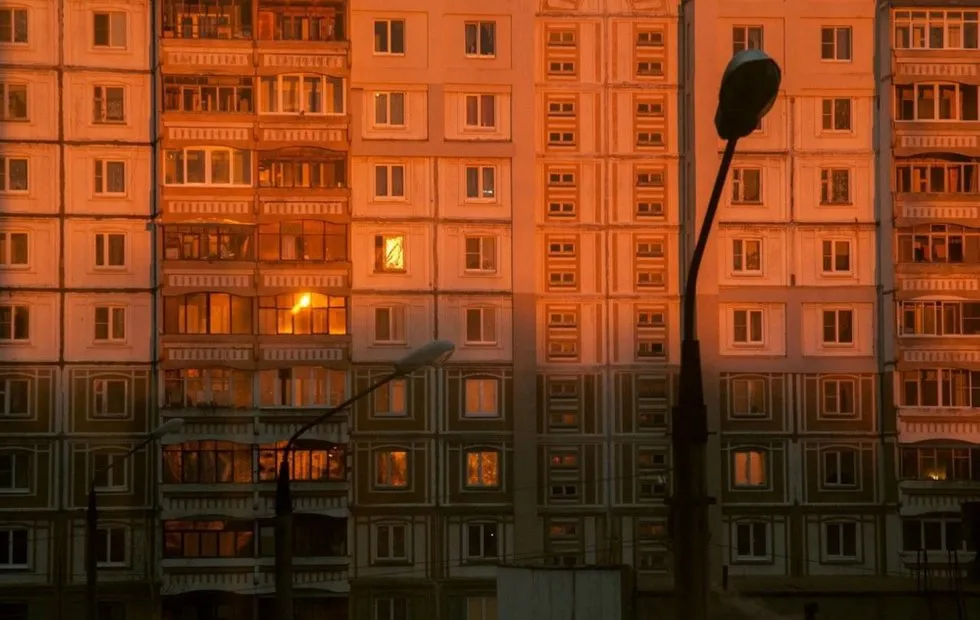There can be your advertisement
300x150
July Flowers: What Blooms in the Hottest Month of the Year
Guide to the most resilient and luxurious flowers of the hot season
July is the month of lush blooming, when the garden transforms into a rainbow of colors. This is the time when many plants reach their peak decorative beauty, despite the heat and drought. Some flowers are just beginning their show, others continue blooming from spring, and the third group prepares for the August finale. Knowing what blooms in July will help you plan a garden with continuous blooming and enjoy the brightest summer colors.
Main points of the article:
- July is the peak blooming period for most perennials and biennials;
- Lilies, roses, and phlox form the basis of a July garden;
- Annual flowers ensure continuous blooming until frost;
- Drought-resistant plants are especially valuable during hot periods;
- Proper care extends blooming by several weeks;
- Planning helps create a garden that looks beautiful all season long.
The Queens of the July Garden
- Roses reach their peak in July. Tea-hybrid varieties bloom the largest and most fragrant buds, climbing roses cover supports with cascades of flowers, and park varieties showcase the full power of their blooming. Modern varieties bloom in waves until frost.
- Lilies are the true stars of July. Asian hybrids bloom at the beginning of the month, followed by tubular lilies with an amazing fragrance, and eastern hybrids with huge blooms end the parade. Different blooming periods allow you to enjoy lilies throughout the month.
- Phlox clustered form the base of the July flower bed. Their variety of colors from pure white to deep purple, pleasant fragrance, and long blooming make them indispensable. Height varies from 40 cm to 1.5 meters.
- Peonies finish blooming in early July. Late varieties can bloom until mid-month, especially in cooler climates. After blooming, their decorative foliage remains a garden ornament until autumn.
Bright Annuals
July is the time for celebrating annual flowers, which bloom from spring until frost with proper care.
- Penstemons reach full strength in July. Cascading varieties create waterfall-like displays of flowers, bushy forms form dense caps, and trailing ones transform containers into blooming spheres. Regular pruning of faded stems stimulates new blooming.
- Impatiens bloom continuously throughout July without special care. French varieties are compact and suitable for borders, African types reach 80-100 cm and are excellent in the center of flower beds. Their phytoncides repel pests.
- Zinnias show incredible variety in form and color. From mini pompon types to giant gerbera-like forms, they bloom until frost. Heat tolerance makes them ideal for July flower beds.
- Marigolds continue blooming from spring, especially abundantly in cool weather. In heat, blooming may pause but resumes when temperatures drop.
- Cosmos create airy clouds of flowers. Low-maintenance and drought-resistant, they are excellent in natural gardens. Self-seeding ensures blooming next year.
July's Perennial Stars
- Delphiniums experience a second wave of blooming in July if pruned after the first bloom. Tall flower stems in blue, sky-blue, pink, and white tones create vertical accents.
- Lilyturf blooms in waves from June to August. Each flower lasts only one day, but there are so many that the blooming appears continuous. Modern varieties are impressive in their variety of colors and forms.
- Black-eyed Susan starts blooming in July and continues until autumn. Classic purple, white, yellow, orange — the choices are endless. Attracts butterflies and is useful as a medicinal plant.
- Blazing Star creates sunny spots in the garden. Yellow and orange flowers with dark centers bloom until frost. Low-maintenance and spreads quickly.
- Monarda attracts bees and butterflies with its fragrant flowers. Red, pink, white, and purple flower heads appear in July and bloom until autumn.
Shrubs in July Bloom
- Hydrangeas showcase the beauty of their flower clusters in July. Tree-like varieties with white blooms, clustered types with cone-shaped inflorescences, and large-leaved ones with pink and blue flowers — each type is beautiful in its own way.
- Japanese Spiraea blooms with pink, flat flower clusters from June to August. Compact varieties suit borders, tall ones are perfect for group plantings.
- Shrubby Cinquefoil blooms with yellow, white, orange, or red flowers from May to October. Especially abundant in July-August.
- Buddleja attracts butterflies with its fragrant flower clusters. Lilac, white, and pink clusters appear in July and bloom until frost.
- Clematis of late blooming types open in July. Large-flowered varieties of the Jakobaeus group and small-flowered types create cascades of flowers on supports.
Drought-Resistant Champions
- Sedums (stonecrops) bloom with yellow, pink, and white flower clusters. Sedum spectabile blooms in late July and continues until October. Succulent foliage is decorative all season.
- Lavender creates aromatic purple spikes. Blooming lasts from June to August, and can repeat in autumn after pruning. Drought-resistant and attracts bees.
- Yarrow forms flat flower clusters in various colors. White, yellow, pink, and red baskets bloom from June until frost.
- Perovskia creates a haze of purple flowers. Fragrant foliage and long blooming make it valuable for dry areas.
- Gaillardia blooms with bright daisy-like flowers from June until frost. Yellow-red, orange flowers are heat and drought tolerant.
July Bulbs
- Lilies are the main bulbs of July. Different groups bloom at different times, ensuring continuous blooming.
- Gladiolus start blooming in July when planted in spring. Tall flower stems with dense inflorescences require staking to supports.
- Crocus (Montbretia) blooms with orange and red flowers arranged in elegant flower clusters. Grass-like foliage is decorative all season.
- Tiger Lily blooms with exotic flowers with spotted petals. Each flower lasts one day, but blooming continues for a long time.
Care for July Flowers
- Watering should be abundant but infrequent. It's better to water 2-3 times a week, soaking the soil to a depth of 20-30 cm. Watering in the morning or evening prevents leaf burns.
- Fertilizing maintains continuous blooming. Use fertilizers with a predominance of phosphorus and potassium. Limit nitrogen in July — it promotes leaf growth at the expense of blooming.
- Removing faded flower clusters stimulates formation of new buds. Cut flower stems to the first strong leaf or side bud.
- Mulching retains moisture and protects roots from overheating. Use organic mulch in a 5-7 cm layer.
- Staking of tall plants prevents lodging from wind and rain. Install supports in advance to avoid root damage.
Planning the Flower Bed
- Color combinations in July can be vibrant and contrasting. Hot weather allows for rich, saturated colors: reds, oranges, yellows.
- Plant height adds volume to the flower bed. Place tall plants at the back, medium-height ones in the center, and low ones at the front.
- Blooming periods must be considered when planning. Combine plants with different blooming times for continuous blooming.
- Flower shape adds variety. Combine spheres (gerberas), candles (delphiniums), flat baskets (rudbeckias), and clusters (phlox).
Problems of July Blooming
- Short blooming in heat is normal for many plants. Shade in the afternoon hours extends blooming.
- Flower wilting happens faster in high temperatures. Regular removal of wilted flowers maintains decorative appeal.
- Pests become active in heat. Aphids, spider mites, and thrips can ruin blooming. Prophylactic treatments with bio-preparations are effective.
- Diseases develop in combination with heat and high humidity. Powdery mildew, gray rot require immediate treatment.
July is the month of flower celebration, when the garden reaches its peak decorative beauty. Proper plant selection and careful care will allow you to enjoy continuous blooming even in the hottest weather. The key is remembering that each plant has its own needs, and success depends on understanding these specificities.
More articles:
 How beautifully designed a 5 sqm hallway in a Moscow Stalin-era apartment
How beautifully designed a 5 sqm hallway in a Moscow Stalin-era apartment Star Communal Living: How Soviet Celebrities Lived in Shared Apartments
Star Communal Living: How Soviet Celebrities Lived in Shared Apartments Kitchen of Your Dream for Reasonable Money: Secret Tips Used by Designers for Their Homes
Kitchen of Your Dream for Reasonable Money: Secret Tips Used by Designers for Their Homes 5 Most Recognizable Buildings in Moscow: From Imperial Mysteries to Architectural Revolutions
5 Most Recognizable Buildings in Moscow: From Imperial Mysteries to Architectural Revolutions Why Khrushchyov-era layouts were genius, and we don't understand it
Why Khrushchyov-era layouts were genius, and we don't understand it Kitchen Without Upper Cabinets: 5 Unspoken Advantages
Kitchen Without Upper Cabinets: 5 Unspoken Advantages From Khrushchev to Brezhnev: Evolution of Soviet Mass Housing
From Khrushchev to Brezhnev: Evolution of Soviet Mass Housing How to Choose a Bed for Comfortable Sleep: Buyer's Guide
How to Choose a Bed for Comfortable Sleep: Buyer's Guide